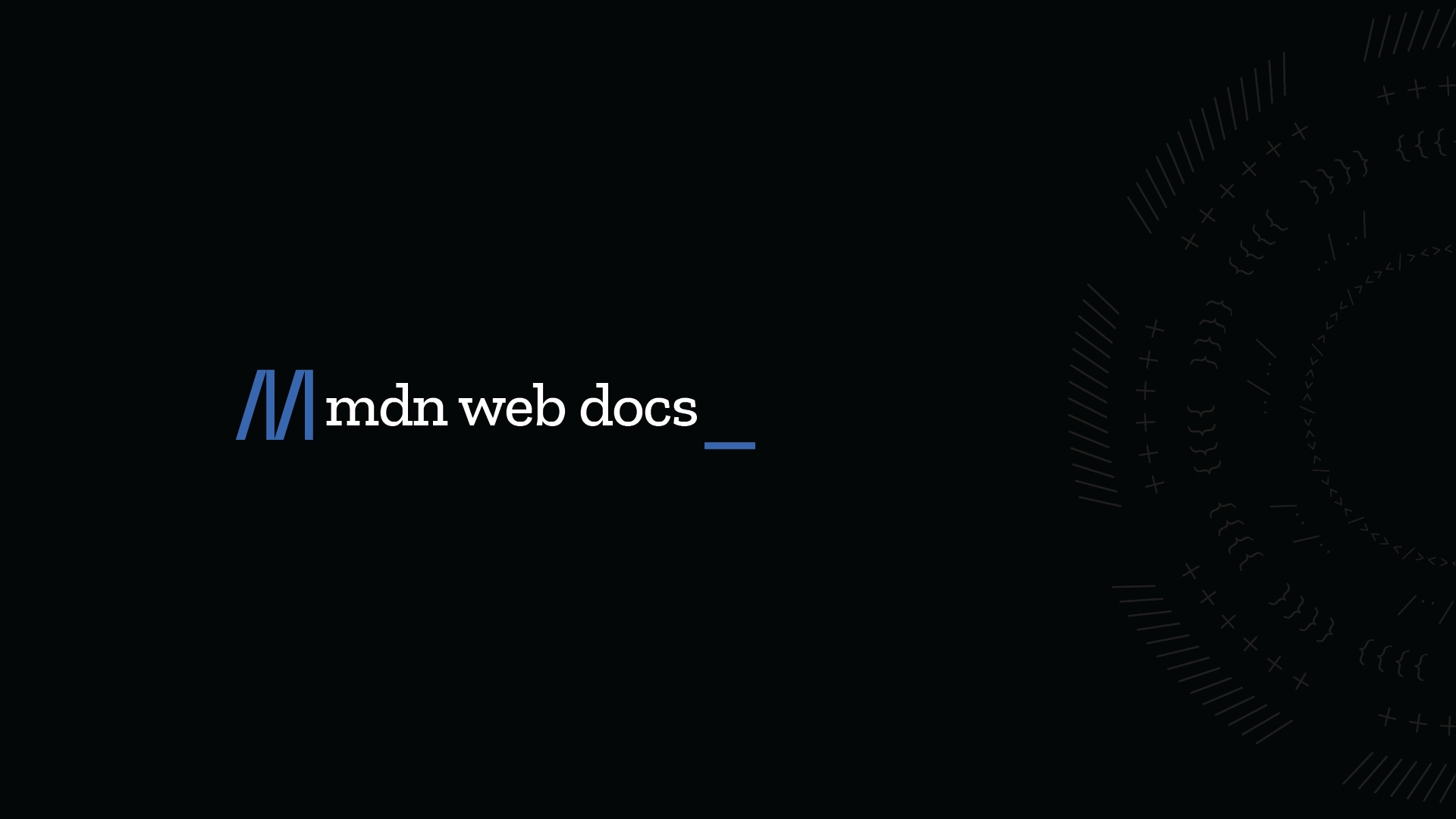FR Y-14M: A Comprehensive Guide to Capital Assessments and Stress Testing for Financial Institutions
Navigating the complexities of financial regulations can be daunting. This guide breaks down the FR Y-14M report, offering clarity on its requirements, deadlines, and how to ensure compliance. Stay informed and streamline your reporting process.
What is the FR Y-14M Report?
The FR Y-14M report, also known as the Capital Assessments and Stress Testing report, is crucial for bank holding companies (BHCs), intermediate holding companies (IHCs), and covered savings and loan holding companies (SLHCs).
- It gathers detailed data on loan portfolios.
- It supports supervisory stress testing models.
- It facilitates continuous monitoring efforts by the Federal Reserve.
This report includes data collections related to:
- Domestic First Lien Closed-end 1-4 Family Residential Loans.
- Domestic Home Equity.
- Address Matching.
- Domestic Credit Card data.
Who Needs to File the FR Y-14M?
Is your institution required to submit the FR Y-14M? Here's a breakdown of the reporting criteria:
- Asset Threshold: BHCs, IHCs, and SLHCs with $100 billion or more in total consolidated assets.
- Calculation: Total consolidated assets are determined by averaging the company’s total consolidated assets over the previous four calendar quarters, as reflected on the FR Y-9C.
- When to Start: Firms must begin submitting the FR Y-14M after the end of the quarter in which they meet the threshold.
Materiality Thresholds: Do They Affect You?
Certain data elements are subject to materiality thresholds, impacting whether you need to submit specific data.
- Category IV Firms: Material portfolios are those with asset balances exceeding $5 billion or 10% of Tier 1 capital.
- Category I, II, or III Firms: Material portfolios are those with asset balances exceeding $5 billion or 5% of Tier 1 capital.
- Serviced Loans: The materiality threshold is based on the asset balances associated with the BHC’s, IHC’s, or SLHC’s owned portfolio.
Exemptions Explained
- BHCs, IHCs, and SLHCs that do not meet the asset threshold mentioned above are exempt from reporting.
Key Deadlines and Submission Details
Meeting deadlines is critical for compliance. Here’s what you need to know:
- Filing Frequency: Monthly, as of the last business day of each calendar month.
- Submission Deadline: By the 30th calendar day after the last business day of the preceding calendar month.
- Weekend/Holiday Rule: If the submission date falls on a weekend or holiday, the data must be received on the first business day after.
- New Reporters: Initial deadline is 90 days after the end of the reporting month corresponding to the quarter in which the first FR Y-14Q reports are submitted.
How to Prepare the FR Y-14M Report: A Step-by-Step Guide
Follow these guidelines to ensure your report is accurate and compliant:
-
GAAP Compliance: Prepare and file the FR Y-14M schedules in accordance with generally accepted accounting principles (GAAP).
-
Rules of Consolidation: Refer to the FR Y-9C General Instructions for guidance on consolidation rules.
-
Technical Details: Adhere to the following technical specifications:
- Complete internal consistency checks.
- Use YYYYMMDD format for dates.
- Report negative numbers with a minus sign (-).
- Enter an amount, zero, or null for all items unless other options are specified.
- Provide data in a single pipe-delimited text file for First Lien, Home Equity, and Address Matching Schedules, using a vertical bar (|) as a delimiter.
-
Instructional Guidance: Consult the following documents in order:
- The FR Y-14M instructions.
- The FR Y-14Q/A instructions.
- The latest FR Y-9C instructions available on the Federal Reserve website.
Addressing Common Concerns and Special Cases
Navigating unique situations? Here's how to handle them:
International Exposures and Legal Considerations
- If foreign law prohibits providing certain data, include a legal analysis with your submission.
- The analysis must detail the laws prohibiting the reporting, a summary of the omitted exposures, and any other relevant information.
Amended Reports: Correcting Errors
- The Federal Reserve may require amended reports for significant errors.
- File an amended report if you discover errors after submission.
Where to Get Help
- For questions or interpretations, contact your designated Reserve Bank contact via email.
Stay Compliant and Informed
By understanding the requirements and deadlines of the FR Y-14M report, financial institutions can ensure compliance and streamline their reporting processes. Keep this guide handy as a reference to navigate the complexities of capital assessments and stress testing.








